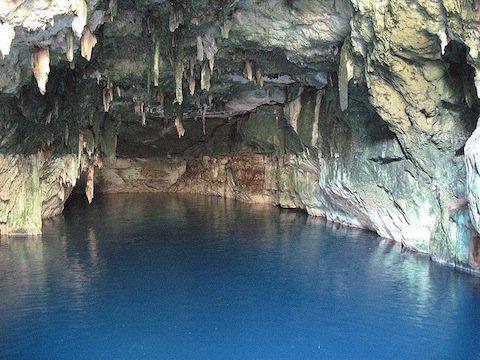
Gli impatti dei cambiamenti climatici sulle risorse idriche, e in particolare sulle acque sotterranee, sono da anni al centro di un acceso dibattito in tutto il mondo: si tratta di un tema che ha attirato su di sé l’attenzione internazionale e l’interesse di ricercatori e decisori politici per i suoi forti legami con le direttive comunitarie sulle acque (direttive 2000/60/CE e 2007/118/EC) e gli obiettivi di conservazione e protezione dell’ambiente ad essa correlati. La comprensione degli impatti a lungo termine del cambiamento climatico è perciò cruciale per ideare misure di protezione adeguate e per realizzare una gestione sostenibile delle risorse idriche.
An integrated modeling approach for groundwater resources assessment, fornisce nuovi indizi sulle potenziali variazioni, per effetto dei cambiamenti climatici, di alcuni parametri fondamentali delle acque, come il livello e il volume della falda, o la portata dei fiumi. Il modello è stato realizzato dai ricercatori delle divisioni ISC e SERC del CMCC (Gualdi S., Bucchignani E., Torresan S., Pasini S., Critto A., Marcomini A.) nell’ambito del progetto Life+TRUST (Tool for Regional-scale assessment of groUndwater Storage improvement in adaptation to climaTe change), per l’analisi degli impatti dei cambiamenti climatici sulle falde acquifere dell’Alta Pianura Veneto – Friulana. I risultati sono stati pubblicati sulla rivista scientifica “Science of The Total Environment”; gli scenari ottenuti saranno utilizzati in seguito in ulteriori studi di analisi di rischio per le acque sotterranee e gli ecosistemi a esse correlate.
L’abstract dell’articolo:
Climate change impacts on water resources, particularly groundwater, is a highly debated topic worldwide, triggering international attention and interest from both researchers and policy makers due to its relevant link with European water policy directives (e.g. 2000/60/EC and 2007/118/EC) and related environmental objectives. The understanding of long-term impacts of climate variability and change is therefore a key challenge in order to address effective protection measures and to implement sustainable management of water resources.
This paper presents the modeling approach adopted within the Life + project TRUST (Tool for Regional-scale assessment of groUndwater Storage improvement in adaptation to climaTe change) in order to provide climate change hazard scenarios for the shallow groundwater of high Veneto and Friuli Plain, Northern Italy. Given the aim to evaluate potential impacts on water quantity and quality (e.g. groundwater level variation, decrease of water availability for irrigation, variations of nitrate infiltration processes), the modeling approach integrated an ensemble of climate, hydrologic and hydrogeologic models running from the global to the regional scale.
Global and regional climate models and downscaling techniques were used to make climate simulations for the reference period 1961–1990 and the projection period 2010–2100. The simulation of the recent climate was performed using observed radiative forcings, whereas the projections have been done prescribing the radiative forcings according to the IPCC A1B emission scenario. The climate simulations and the downscaling, then, provided the precipitation, temperatures and evapo-transpiration fields used for the impact analysis. Based on downscaled climate projections, 3 reference scenarios for the period 2071–2100 (i.e. the driest, the wettest and the mild year) were selected and used to run a regional geomorphoclimatic and hydrogeological model. The final output of the model ensemble produced information about the potential variations of the water balance components (e.g. river discharge, groundwater level and volume) due to climate change. Such projections were used to develop potential hazard scenarios for the case study area, to be further applied within climate change risk assessment studies for groundwater resources and associated ecosystems.
This paper describes the models’ chain and the methodological approach adopted in the TRUST project and analyzes the hazard scenarios produced in order to investigate climate change risks for the case study area.
Leggi l’articolo completo sul sito di ScienceDirect.
Per ulteriori informazioni, visita il sito del progetto Life+TRUST.
Immagine dell’album Flickr CC di ojoqtv.


